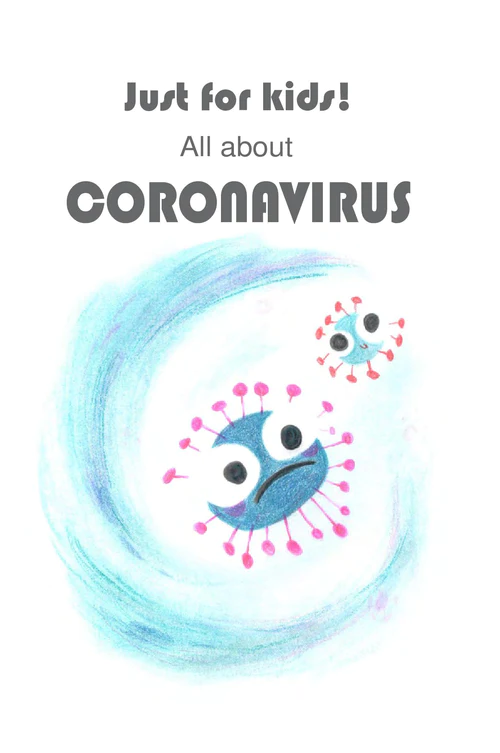An interview with the VIB following the recent publication of our article:

 The thymus is an organ crucial for the functioning of our immune system. During aging or infection the thymus can shrink severely, a process called involution. Although the mediators that trigger involution are known, the mechanisms regulating the sensitivity to their presence remained a mystery. Now, Smaragda Papadopoulou from the Bart De Strooper Lab and James Dooley from the Adrian Liston Lab describe in Nature Immunology a microRNA network that plays a key role. A chance observation kick-started the collaboration.
The thymus is an organ crucial for the functioning of our immune system. During aging or infection the thymus can shrink severely, a process called involution. Although the mediators that trigger involution are known, the mechanisms regulating the sensitivity to their presence remained a mystery. Now, Smaragda Papadopoulou from the Bart De Strooper Lab and James Dooley from the Adrian Liston Lab describe in Nature Immunology a microRNA network that plays a key role. A chance observation kick-started the collaboration.
What did you discover about the regulation of thymic involution?
Adrian Liston: The main finding was the tight regulation by miR-29a over sensitivity to thymic involution. miR-29a serves to suppress the involution response, in effect "saving" involution for those situations where we really need it, such as during a major infection. Knowing what drives the reaction of the thymus is important, since it is the only place where T cells can develop. No thymus, no T cells, no infection prevention.
Is there an application side to those results?
For most of us, being born with a healthy thymus, we will generate enough T cells to last a life-time. Thymus involution during an infection is generally not a problem, nor the slow progressive involution that occurs from birth. The major problem is among the very elderly and with radiation/chemotherapy patients. If we could reverse thymic involution in those populations, we could rejuvenate their T cell population, providing them with a younger, more robust, immune system.
How did you go from studying regulatory T-cells to the regulation of thymic involution?
We have been interested in both the thymic epithelium and microRNA for years, so it was natural for us to look at what microRNA does in the thymic epithelium. As for thymic involution in particular, that was observation-driven. When we knocked out microRNA in the thymic epithelium using a Cre-Lox system, the main phenotype was chronic involution. But working out which microRNA is important was an enormous task. The big breakthrough for us was serendipitous. The Bart De Strooper Lab had generated a novel knockout mouse with a defect in one particular microRNA, miR-29a, to look at the neurophenotype. A conversation, a quick look and just by chance this microRNA turned out to be the one we needed for our lead. This enabled us to start a cross-disciplinary collaboration years before anyone else even knew there was a story there.
Did you use or design any new technologies for this research?
Far from it. The most important read-out in this work was the humble cell count. There are still enormous opportunities for high-level research using basic technologies. In this particular case the edge we had was a new mouse strain (the miR-29a knockout) and a new permutation of old mouse strains (Foxn1-Cre and Dicer-flox), but the rest was simply applying old techniques to a new problem. Immunology has so many fascinating questions that remain under-investigated that we spend our time working out which ones to tackle next, rather than designing new technology.
What’s the next step in your microRNA research?
MicroRNA are such interesting molecules. So tiny, they hold only a fraction of the information of a normal gene, yet they are incredibly versatile, affecting multiple completely unrelated targets in every cell type. We pretty much cracked the role of miR-29a in the thymic epithelium, but we are sure it is doing a lot more in other cell types of the immune system.
For the full research results see:
Aikaterini S. Papadopoulou#, James Dooley#*, Michelle A. Linterman, Wim Pierson, Olga Ucar, Bruno Kyewski, Saulius Zuklys, Georg A. Hollander, Patrick Matthys, Daniel H. Gray, Bart De Strooper and Adrian Liston. #Equal first authors. *Co-corresponding authors. 'The thymic epithelial microRNA network elevates the threshold for infection-associated thymic involution via miR-29a mediated suppression of the IFN-α receptor.' 2012. Nature Immunology. 13 p181. Pubmed | Direct access
 Saturday, May 16, 2015 at 9:37AM
Saturday, May 16, 2015 at 9:37AM  Vaccination may be one of the greatest scientific breakthroughs of all time. Smallpox eradication alone probably saves 3 million lives a year, and the routine childhood vaccines save another 3 million lives a year. Vaccines are so effective and successful, in fact, that they are no longer seen with the awe they deserve. The virulent fear of infectious disease has faded so completely forgotten that clueless celebrities are happy to campaign against vaccines based on the incorrect claims of a discredited fraud.
Vaccination may be one of the greatest scientific breakthroughs of all time. Smallpox eradication alone probably saves 3 million lives a year, and the routine childhood vaccines save another 3 million lives a year. Vaccines are so effective and successful, in fact, that they are no longer seen with the awe they deserve. The virulent fear of infectious disease has faded so completely forgotten that clueless celebrities are happy to campaign against vaccines based on the incorrect claims of a discredited fraud. Medicine,
Medicine,  immunology
immunology 











